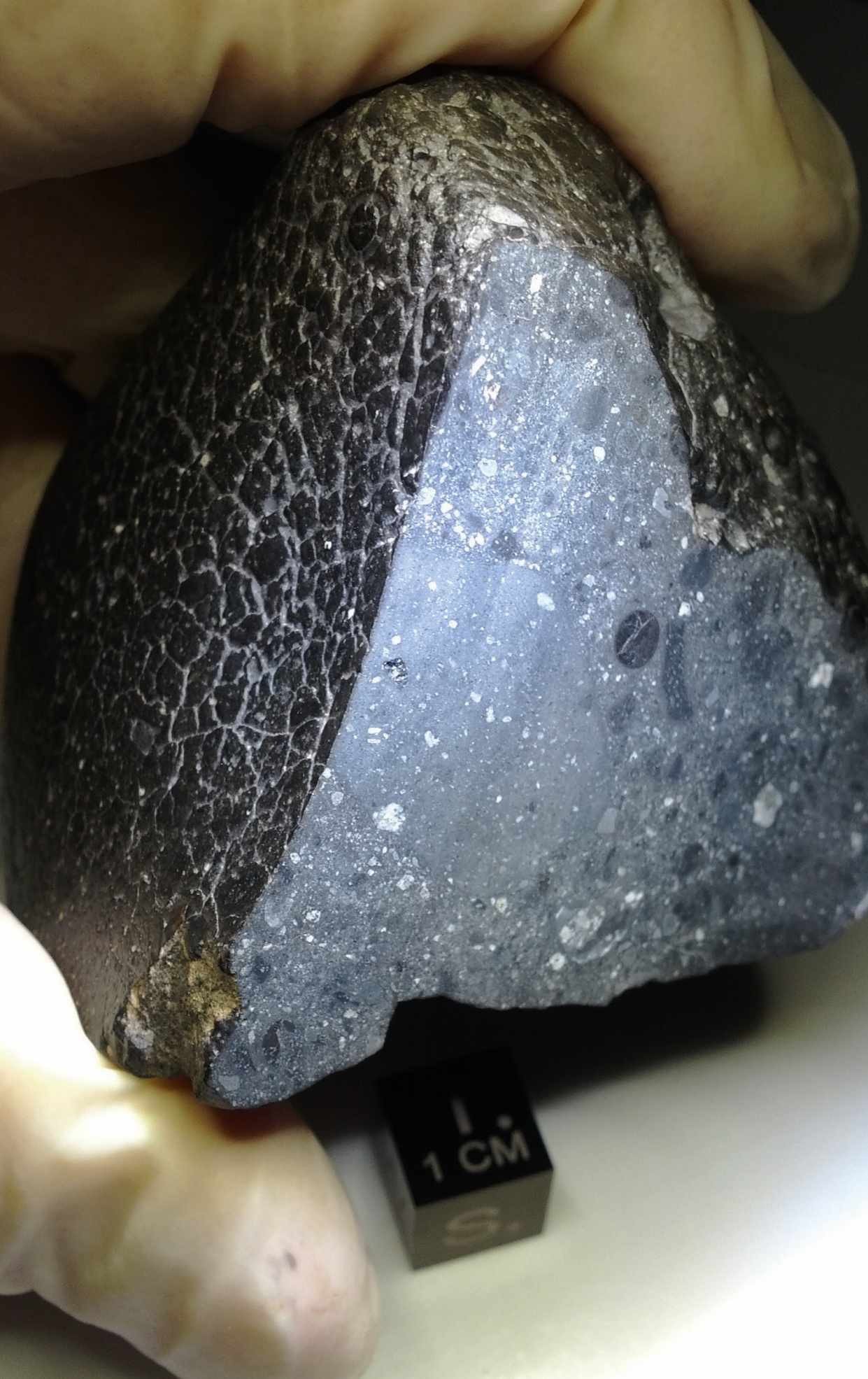How do meteorites from Mars end up on Earth?
REBECCA JONES, VIA EMAIL

There are several strands of evidence implying that some meteorites found on Earth actually originate from Mars. Scientists have used a technique called ‘radiometric dating’ to determine the ages of these chunks of rock. The method, which is analogous to radiocarbon dating of organic material, looks at the ratios of certain radioactive isotopes in the meteorites. Since isotopes decay at well-determined rates, a comparison of their ratios reveals the time since the meteorite was formed, or at least the time since it was last heated. Most meteorites turn out to be about 4.56 billion years old, because they come from asteroids that date from the creation of the Solar System, 4.56 billion years ago. Anything younger than this must be from a planet or moon, the only places in the Solar System that could have formed rocks younger than 4.65 billion years.
Scientists have found that the ratios of oxygen isotopes in meteorites are different for each ‘parent body’. The reasons for this are still unclear, but it’s probably related to the way the Solar System originally formed. Martian meteorites are found to have isotopic compositions that match the rocks of Mars. Furthermore, some Martian meteorites are found to have trapped gases whose isotopic composition exactly matches that measured for the atmosphere on Mars. Taken together, these strands of evidence make the meteorites’ origin pretty certain: they arrived here from Mars.
But if these chunks of rock are from Mars, then how did they get to Earth? Scientists believe that, given a sufficiently powerful impact by a comet or asteroid, chunks of the Martian surface can be ejected into space. A small number of these could end up in orbits that put them on a collision course with Earth. Those chunks big enough to survive passage through Earth’s atmosphere will reach the surface. To date, more than 200 such ‘Martian meteorites’ have been found. AG
Email your questions to
questions@sciencefocus.com
or submit on Twitter
@sciencefocus